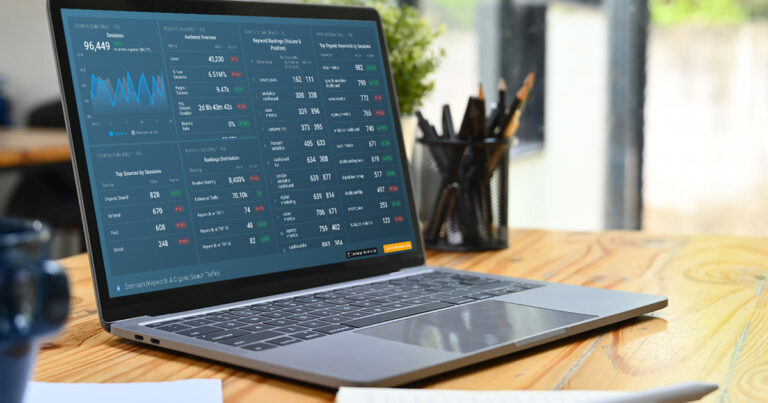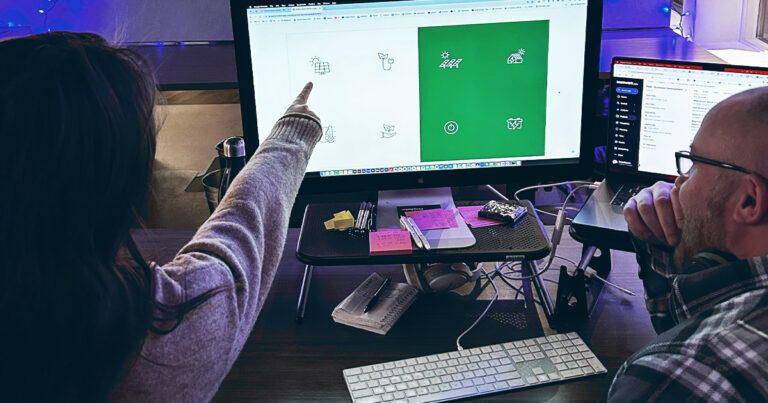Does Your Brand Meet Customer Expectations for Sustainability, Ethical Behavior, and Altruism?
A lot of brands – especially young brands – are tapping into the business behaviors that are guiding buying decisions for a growing majority of consumers today: sustainability, charity, and ethical, community-forward business activities and values. When you develop your brand, these goals should be part of your focus.
Why? First, we know a trend toward sustainability, ethics, and community involvement isn’t new. Consumers have increasingly gravitated toward brands that tell a compelling, feel-good story, especially one that supports the greater good and connects on an emotional level with their own personal views.
But the pandemic pushed consumer preference for sustainable, ethical, and altruistic brands even further. A 2021 Mintel study lists Collective Empowerment, Coming Together, and Sustainable Spaces among the top consumer preferences amplified by COVID-19. The biggest shift is that it’s no longer just about telling a good brand story, but the actions to back it up.
Develop Your Brand for a Lifestyle Vs. a Trend
Consumers demand and expect companies to not just offer products and services that fall in line with sustainability, ethical practices, and community-focused actions, but to embrace those values as a lifestyle.
Simply saying you are an eco-forward company because you recycle or open windows instead of blasting the AC carries little to no weight with consumers these days. The same goes for being ethical and a good steward of the community. Consumers expect to see companies uphold a high moral standard, and want to spend money and engage with brands that make them feel like their involvement is bigger than themselves. In fact, many consumers are seeing the global implications of what and how they buy and want their brand experiences to be positive beyond the purchase.
Chocolate brand Tony’s, for example, is on a mission to end slavery in the chocolate production process. Consumers can learn about the brand’s commitment to 100% slave-free chocolate and feel good about their purchase for more reasons than curbing their sweet tooth. Brand stories like these don’t just drive purchases, but evangelism.
Develop Your Brand for a Future You Want, Too
Your brand may not be trying to end slavery in the chocolate trade, but the point of the example was that not only should you develop your brand around your consumers’ expectations – but your own as well. Your customers won’t buy into your sustainability or altruism if you haven’t. Brands do good because that’s the mission they believe in.
Let’s break down a brand: It’s a series of promises. It declares a value proposition, and every touchpoint is another chance to set experience expectations for your current and future target consumers and engage them more deeply with your brand.
Today’s brands need to be in continuous development to compete and win consumer loyalty. Changing and adapting to meet consumer expectations for sustainability, community-forward business practices, and ethical behaviors in whatever way makes sense for your business will only help your brand.
The Pandemic and Brand Development
COVID-19 brought a lot of issues to the forefront that will impact consumer habits long after the pandemic ends. Consumers are seeing how public health, income equality, business ethics, safety practices, and local economies intersect, and – understandably – are putting pressure on brands to step up to the challenges at hand.
Whatever stage your business is in of adjusting to the slowly reopening economy and shift in consumer behaviors, it’s time to relook at your brand development strategy. Here are a few goals to consider:
- Increase the sustainability of your company beyond the consumer. Today’s consumer is concerned with the recyclability of a product, not just whether the product has been made sustainably. What happens to the product after they use it?
- Consider local or regional options for doing business; consumers are placing a greater focus on brands that invest in local communities and economies.
- Continue to connect with your customers digitally to make their experience with your brand as easy and personable as possible.
- Bring your customers into your brand’s culture. Celebrate them, make them feel seen, and offer them ways to contribute to a cause through their purchase.
- Use technology ethically and be transparent and responsible with how you collect and use consumer data.
- Explore ways to go beyond a donation or charitable contribution to bring your brand more actively into supporting a cause, making a pledge, or collaborating through strategic partnerships toward meaningful solutions to real challenges.
Most importantly, if your company is facing backlash for running counter to values around sustainability, ethical practices, community-based activities, or others, the best course of action is to own up to your brand’s shortcomings and make immediate, transparent, and actionable efforts to make changes.
We saw this in 2020 when Amazon reportedly failed to put proper health and safety precautions in place for its employees, deemed essential during lockdown. Now, the company continues to face federal inquiries, as well as heated backlash from consumers, many of whom have boycotted the online retail giant altogether.
To Sum It All Up: When You Develop Your Brand, It’s a Continuous Process
We may see new brand messaging from Amazon focused on corporate governance and ethics (although that ship continues to sail). However, the broader point is that controversy or not, your brand should be in continuous development to respond to the needs, demands, and expectations of your current and future customers.
COVID-19 changed the economic landscape in ways we haven’t seen in decades, but it is not the only reason to revisit your brand’s messaging around your mission, vision, and value promise.
If you don’t know where to begin, Fishnet can help. Contact us today.


